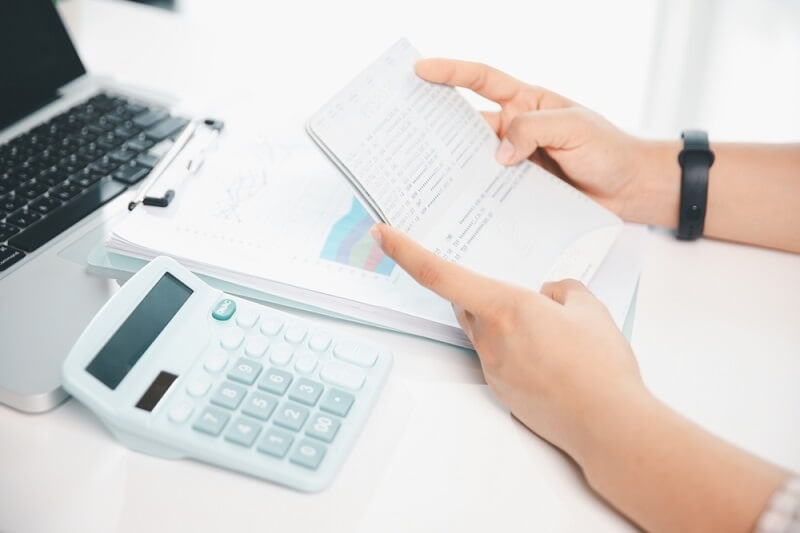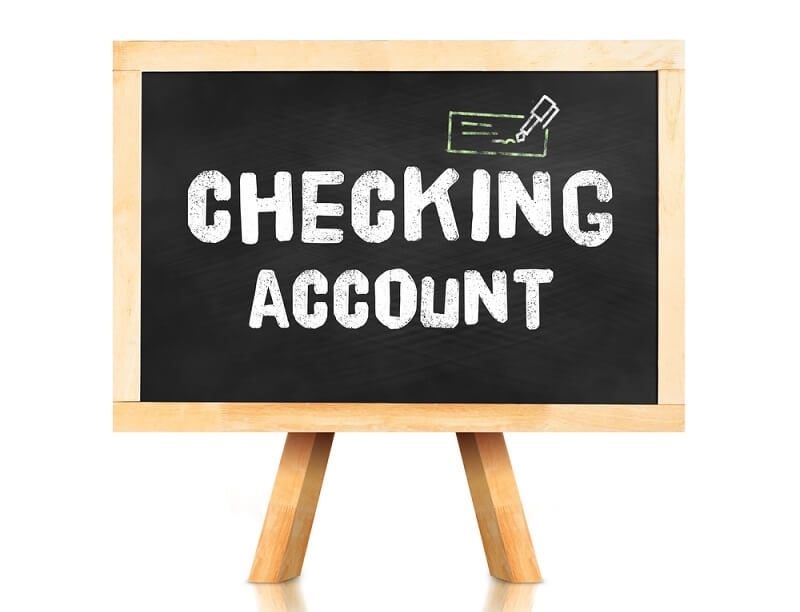
Few things are more fundamental to financial management than selecting the best bank account. Most people begin their banking experience by choosing a checking account, a savings account, or both. Yet, many do not understand the concept of the former versus the latter account. "Checking vs. savings account: what's the difference?" is a common query, and both accounts' purposes and roles in financial life differ.
This guide examines the core differences in the checking vs. savings account question, including how each account functions, what it was designed for, differences in interest—or lack thereof—and how to consider when to save vs. spend. Regardless of where you are in terms of understanding banking, knowing the purpose of checking vs savings accounts is valuable when considering how to manage your money.
Before we get into the comparisons, let's quickly define the two types of deposit accounts:
Regardless of how you view each account as a fundamental financial tool, the differentiations affect which account you use and when, along with its use case!

The checking account's purpose is simple: it's your main financial account for life, meant for lots of movement, and money usually comes in and out of it every day.
A checking account is excellent for spending. It is your launchpad for making transactions, but likely not the place to grow your savings.
Beneficially, the goal of a savings account is long-term wealth accumulation. It is a long-term account that is not for continual spending but rather for keeping money safe and receiving interest on it.
This account is for saving, not spending. It is a buffer that separates your financial goals from your day-to-day spending.
Interest rate differences are among the most critical distinctions when comparing checking and savings accounts.
Savings accounts are the best for passive income. But if accessibility is your priority, checking accounts are more flexible.
To break down the checking vs. savings account debate, let's compare their characteristics side-by-side.
| Feature | Checking Account | Savings Account |
| Primary Purpose | Spending & daily transactions | Saving & growing money |
| Transaction Limits | Usually unlimited | Often limited per month |
| Interest Rates | Low or none | Typically higher |
| Card Access | Debit cards or checks are available | Usually, no debit card |
| Online Bill Pay | Yes | Rare |
| Mobile Wallet Integration | Yes | Rare or unavailable |
| Minimum Balance? | Sometimes required | Often lower or none |
| Best for? | Paying bills, daily spending | Building an emergency fund |
Understanding this breakdown can help determine which bank account is better for your financial goals.
A common question is, “Where should I keep my money?” The answer depends entirely on the goal of the funds.
Separating funds this way creates a mental and physical barrier that protects your savings from impulse spending.
It’s not about being better than the other—it’s about strategically using both.
Most financial experts recommend having both accounts and using them in tandem. One to spend from, and one to save to.
Here’s a smart strategy for combining the power of both:
You take full advantage of both account types by making savings automatic and spending intentional.
When choosing where to open your checking or savings account, keep these factors in mind:
Online banks often offer better interest rates on savings and fewer fees overall. Brick-and-mortar banks may provide more in-person support.
By treating your savings as off-limits, you’ll develop stronger money habits and make real progress toward your goals.
While convenient, money in a checking account earns little to no interest. Could you let your savings work for you in a proper savings account?
Mixing spending money with savings leads to overspending. Separate accounts help clarify your intentions for each dollar.
Many banks charge maintenance or overdraft fees. You can choose fee-free accounts whenever possible and keep track of your balance.
Relying on willpower to save is risky. Could you automate the process and remove the temptation to skip it?
In the final analysis, the checking account vs. savings account management makes a real difference in handling versus earning. Managing your checking account helps you manage your daily living, day to day, while your savings account enables you to manage your future to ensure the best possible outcome in your financial life.
You are not limited to one or the other—you need both. Think of both accounts as partners: checking to use on spending and savings for when you need to save!
If both accounts are not being used correctly, then neither is doing its job to help you thrive financially. So, the next time you debate which bank account is better, remember—it's not about one or the other; it's about working together!
This content was created by AI